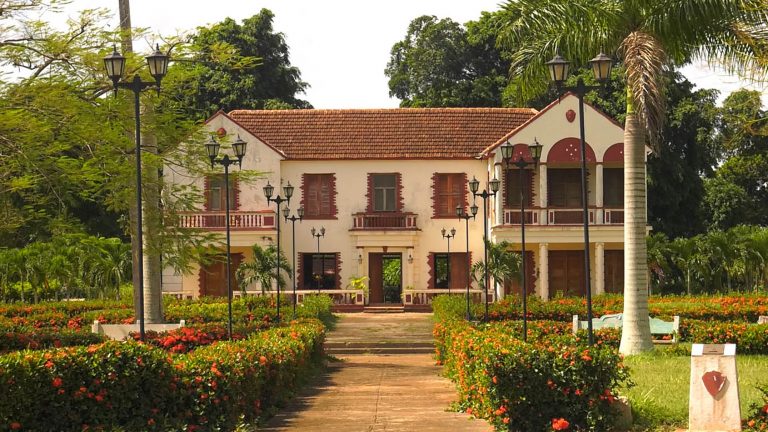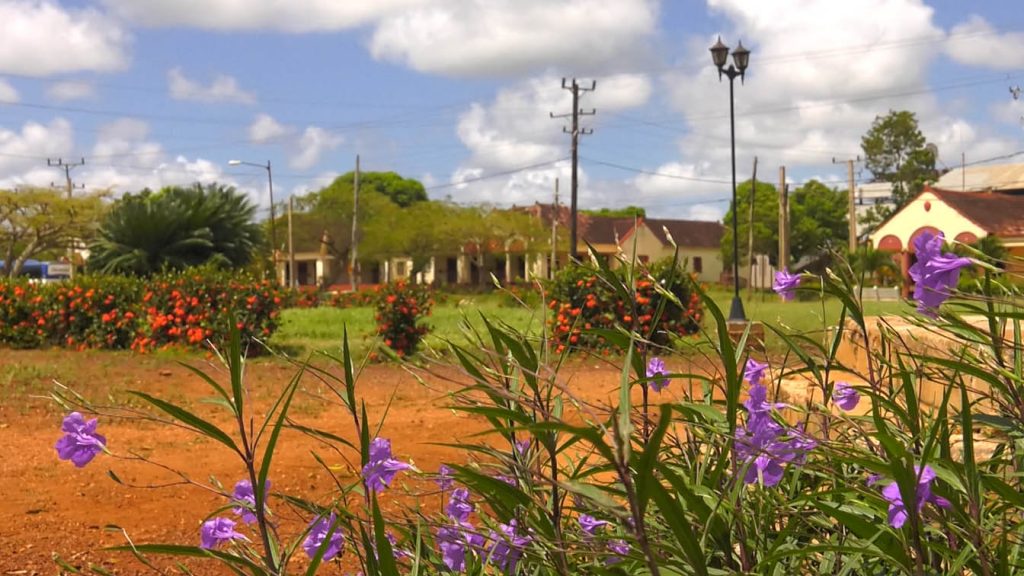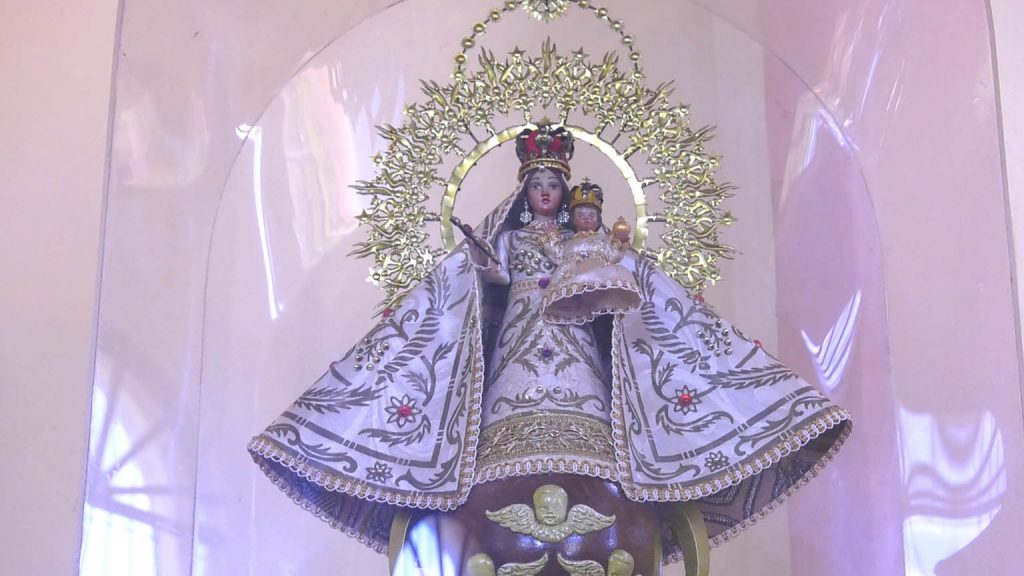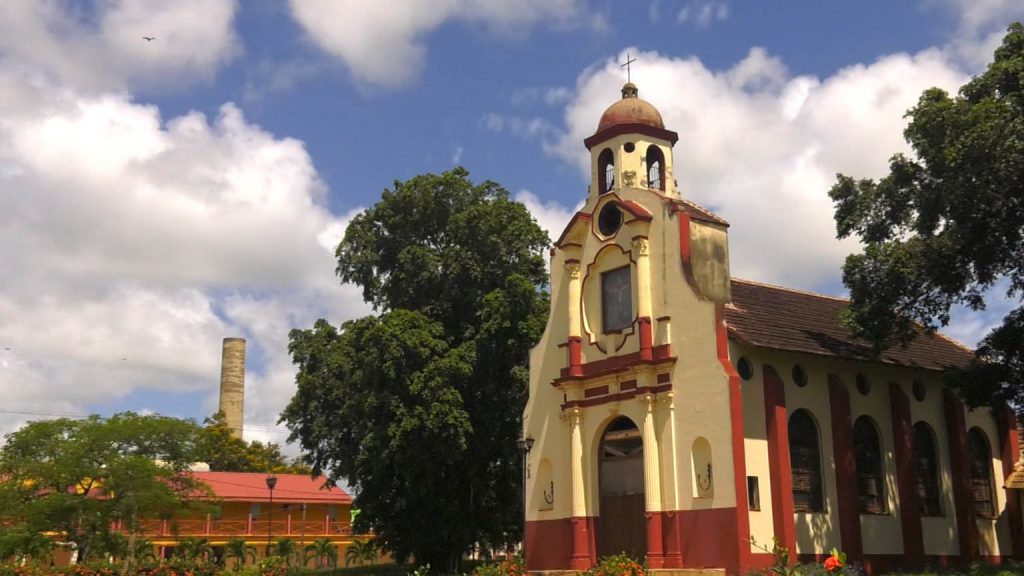A regular urban layout and the uniqueness of its architecture characterize Batey Jaronú, a historic site declared a National Monument since 2008.
This batey is considered a successful example of architecture and urbanism. The 18 blocks divided into another nine ones, respond in terms of their image to the influence of North American architecture developed mainly in the south of the United States. At the time, it was requested with the objective of achieving a small-scale urbanization.
The big house was the home of the representative of the owner of the sugar mill. It was built in 1919 and after the passage of time, it has fulfilled various functions.
The church is in front of the house, for being the other symbol of power at the time. In this place you can admire skylights and stained glass windows, as well as the typical objects of a sanctuary conceived for adoration, meditation, and prayer: such is the case of the crucifix, the urn that protects the image of Our Lady of Charity and that of Jesus Christ.
Due to the productivity of the land, it was decided to build the Jaronú sugar mill in 1919, breaking a construction record after being inaugurated just two years later, in 1921, becoming, since the beginning, in one of the most productive sugar mills in the country and worldwide.
This sugar mill was a true colossus, crushing in one day more than a million arrobas of sugar cane. It was also the main source of employment for the local men.
After the passage of Hurricane Irma, 98% of the town was devastated, with total and partial collapse of their homes. For this reason, the Office of the Historian of the city of Camagüey carried out an extensive restoration process in it. Nowadays, it is included as a destination within the usual summer tours offered by the Office itself.
In the town there are three types of houses: detached houses for the employees, row houses for the laborers who worked in the sugar mill, and rooms divided for black and white people, the same as schools; showing the racial, social and class differences existing at the time.
A social stratification that, although it no longer exists, left a mark that lasted over time and can be seen in the style, structure and peculiar characteristics of the place.
Translated by: Aileen Álvarez García












